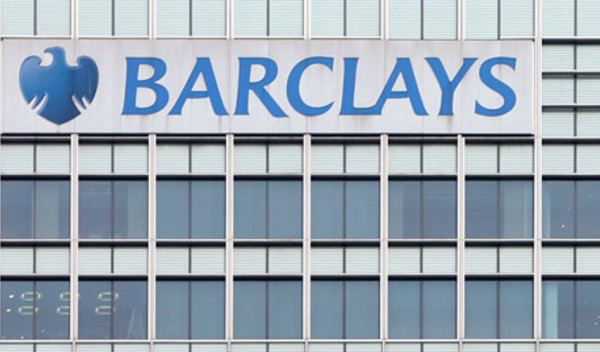

Barclays confirmed this morning its plans to create a separate entity within the group to allow it to “ring-fence” its UK retail bank.
The banking group said the changes are made to comply with UK government rules introduced in the wake of the global financial crisis. Under the rules, if financial problems happen in the investment bank, as in 2008, the ring-fencing should mean the retail bank is not impacted, and a “bail out” from the government would not be required.
In a statement accompanying its quarterly results this morning, Barclays said the changes will not affect equity or debt holders in the bank, as the ring fenced entity remains part of the Barclays Plc parent company.
The results showed a leap in profits of 31 per cent to £1.1bn.
The market is not impressed by the results, with the shares down more than 5 per cent, to £1.87p.
The higher profits were achieved as a result of cost reductions of £932m.
The market may be taking a chary view of the results due to the poor performance of the investment bank. Profits fell from £1bn to £652m.
Analysts tend to pay particular heed to the performance of the investment bank because the strategy pursued by the group chief executive Jes Staley, is to grow the investment bank. Barclays cut its dividend last year to provide capital for the investment bank, something more than one fund manager regarded as “the wrong way around.”
Achieving returns from an investment banking business has become more difficult in recent years, according to Rob James, banks analyst at Old Mutual Global Investors, because regulation requires more capital to be held by investment banks than retail banks, due to the extra risk level.
Investment banks profit most from market volatility, because more trading takes place. The relatively benign conditions of global equity and bond markets in recent years have therefore not been kind to investment bank returns.
Mr Staley attributed the weaker performance of the investment bank to precisely these factors in his commentary accompanying the results statement.
The market tends to want banks to achieve a total return on tangible equity of 10 per cent or more, a number Barclays failed to achieve in these results, with the company saying it continues to “target” this number. However it said it won’t achieved this number prior to 2020.
In terms of the dividend outlook, Mr Staley, said only that an “update” will be provided early next year.
David.Thorpe@ft.com



